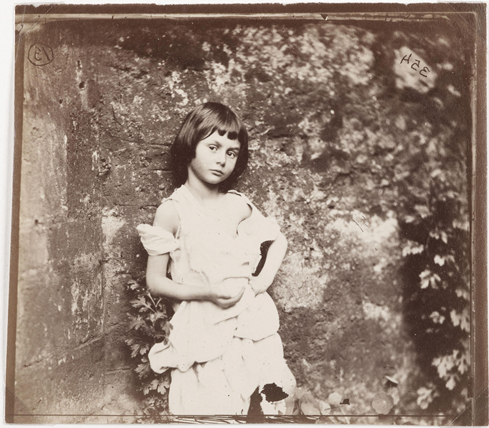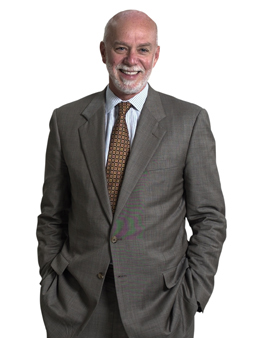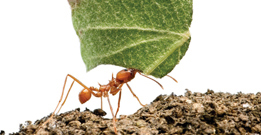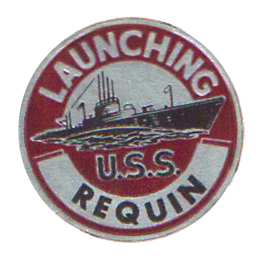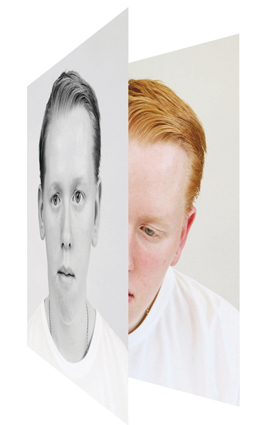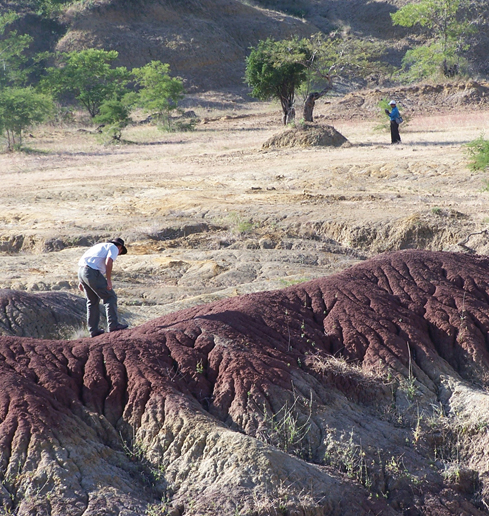 Fall 2012
Fall 2012
Wonderland's Alice Among six important early photographs promised to Carnegie Museum of Art is a rare image of the real-life inspiration for the classic children’s tale, Alice’s Adventures in Wonderland. Lewis Carroll, whose real name was Charles Lutwidge Dodgson, photographed Alice Liddell, the muse for his famous book, in 1858. In Alice Liddell as a Beggar Maid, Alice is seen at age 8 or 9, wearing a costume and posing by a garden wall. Carroll is said to have regaled Alice and her two sisters with a fantastical tale of a girl who fell down a rabbit hole, and then on that same evening in 1862 he penned the complete story. William Talbott Hillman, a New York collector and a long- time friend of the museum, promised the prints, which will eventually become part of the museum’s permanent collection.
For 14 years, the tall and engaging Richard Armstrong loomed large as director of Carnegie Museum of Art. Thanks to a major gift from the Women's Committee and support from more than 200 other donors, the museum has established The Richard Armstrong Curator of Modern and Contemporary Art, a fully endowed position named as a tribute to one of the museum’s most beloved leaders. In May, Dan Byers was named to the post established in honor of Armstrong, now director of the Solomon R. Guggenheim Museum and Foundation in New York. Byers, the museum’s former associate curator of contemporary art, is currently hard at work as co-curator of the upcoming 2013 Carnegie International.
Carnegie Museum of Natural History boasts 11 million prepared bug specimens and 20 million unprepared—from Mongolian crane flies to Pittsburgh butterflies.
The Science Center’s cold-war era submarine, USS Requin, underwent a four-week conservation survey in July to inspect its ballast and fuel tanks. Routine among historic vessels and part of the Science Center’s stewardship of this national treasure, the comprehensive survey, performed by a professional marine surveyor and a team of divers, will help guide repair and preservation efforts that could cost more than $1 million.
The Warhol has teamed up with Allegheny General Hospital to explore how art can help young people cope with post-traumatic stress disorder (PTSD). Museum artist-educators are tailoring art-viewing and art-making workshops that they created earlier this year for children with autism, which focused on interpreting facial features. “We know that children who have suffered abuse, or experienced a traumatic event such as the death of a loved one, often have difficulty reading other people’s facial expressions, which can cause problems in building relationships,” says Anthony Mannarino, director of the Center for Traumatic Stress in Children and Adolescents at AGH. “Art can be a powerful tool in reaching out to these young people.”
"It’s a difficult place to work; it took us six years to find four teeth." - Chris Beard, the Museum of Natural History’s renowned primate expert, on doing field work in Myanmar. The June discovery of the popcorn-size molars from a previously undiscovered species of anthropoid provides further evidence, says Beard, that Asia, not Africa, is the birthplace of mankind’s earliest ancestors.
Time For Your Close Up? Between 1964 and 1966, Andy Warhol created nearly 500 short, silent film portraits of his hip and famous friends—Dennis Hopper, Salvador Dalí, Lou Reed—as well as anonymous visitors to his studio. Now, visitors to Andy’s museum can recreate the Pop genius’ process by filming their very own screen test. Using a stationary Bolex camera loaded with a 100-foot roll of black-and-white 16mm film, Warhol directed his subjects to sit still for three minutes, the length of time it took for the film to run through the camera. Then, he projected the film portraits in slow motion, giving them a dreamlike quality and extending them to four minutes. What will you do with your three minutes? (A bonus: You can post or tweet your masterpiece for the world to view.)
|
Ripped from the Headlines · The Advent of Modern Global · Drilling for Data · Perspective: Making Museums Matter · Director's Note · Face Time: Robert Marshall · Science & Nature: Women’s Work · Artistic License: Personal Pop · First Person: A Feathered Face of Forest Fragmentation · The Big Picture
 |
Copyright © 2017 CARNEGIE Magazine. All rights reserved. |

